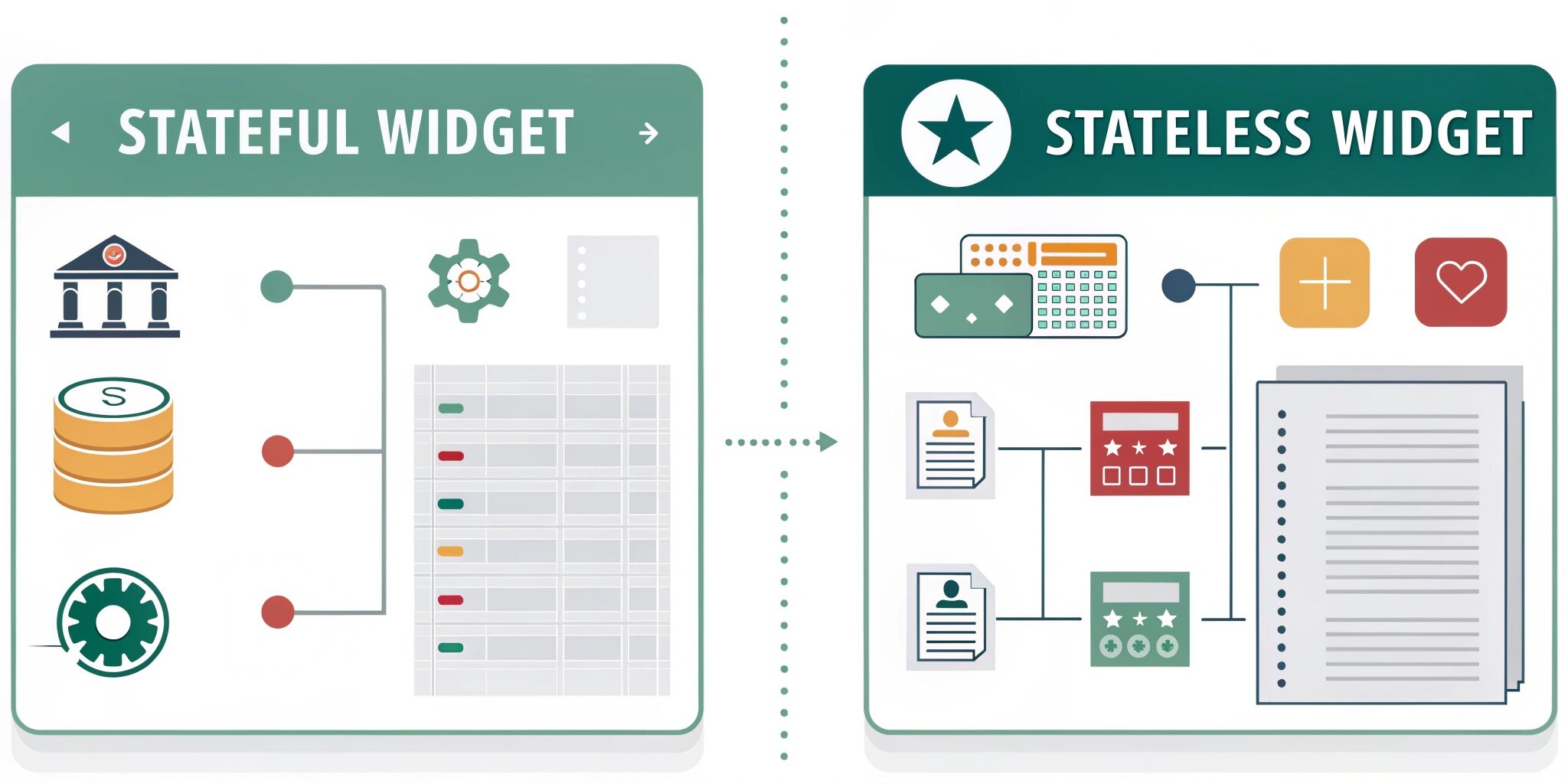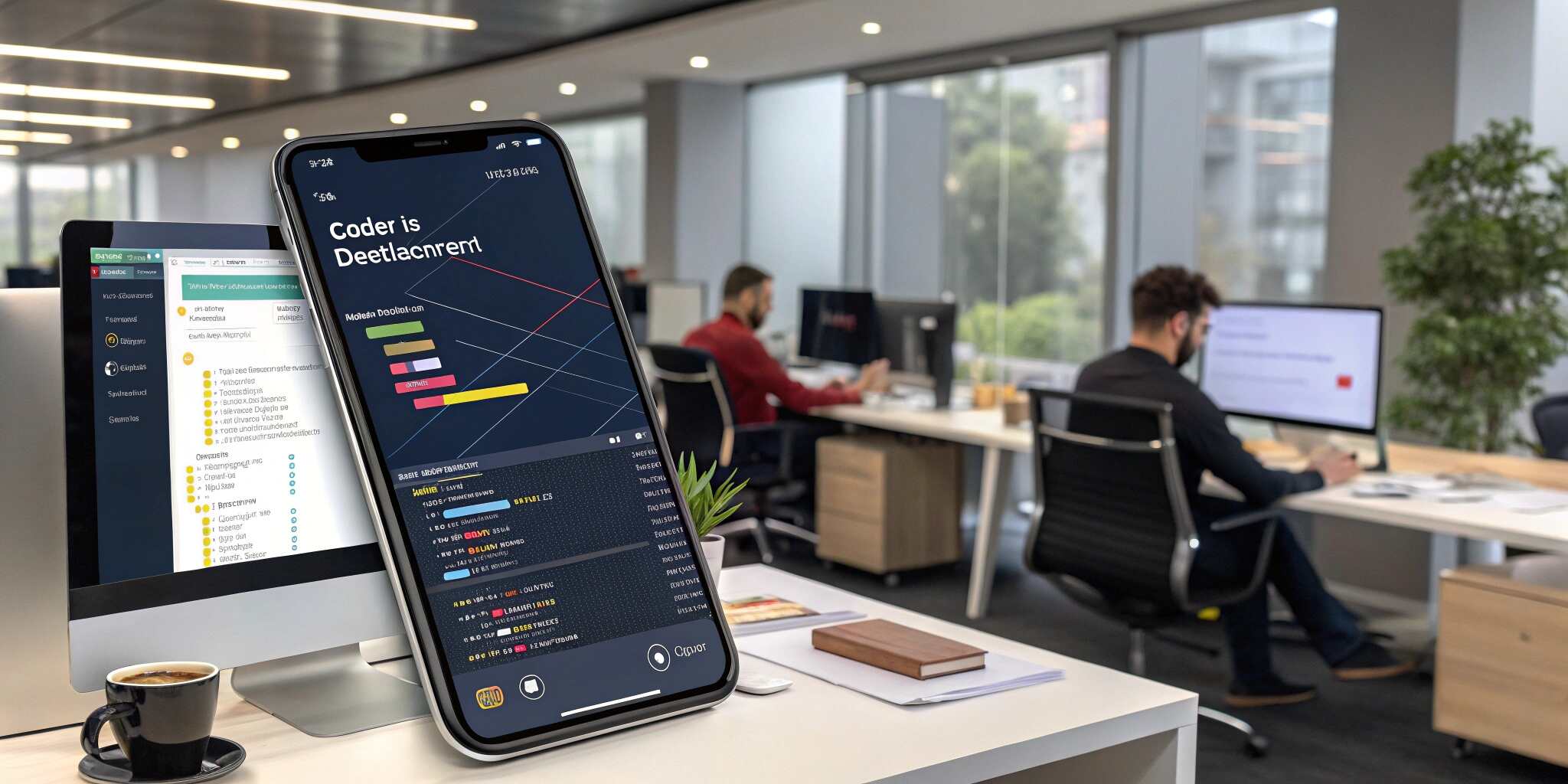In Flutter, everything is a widget. Whether it’s a button, image, layout, or screen — it all starts with widgets. Among these, Stateful and Stateless widgets are the foundation of any Flutter user interface. Understanding the difference between them is essential for building efficient and dynamic apps.
What Are Widgets in Flutter?
Widgets are the visual building blocks of a Flutter app. They describe what to show on the screen. Depending on whether a widget needs to remember or react to changes, Flutter offers two main types: Stateless and Stateful.
Stateless Widgets: Simplicity and Consistency
Stateless widgets are those whose configuration does not change during the app’s lifecycle. They are immutable and rebuild only when their parent widget updates them.
Use Stateless Widgets When:
- The UI does not need to update dynamically.
- The data or content is static.
- You want better performance and simplicity.
Common Examples:
- Text
- Icon
- Container (when content remains unchanged)
Stateful Widgets: Dynamic and Interactive
Stateful widgets can change dynamically based on user interaction, data changes, or other triggers. They hold a "state" object that updates the UI when it changes.
Use Stateful Widgets When:
- You want to update UI in response to actions (e.g., button clicks, form inputs).
- The widget needs to fetch and display real-time data.
- Animations or user-driven changes are involved.
Common Examples:
- Forms
- Checkboxes
- Navigation tabs
- Interactive animations
Key Differences at a Glance
FeatureStateless WidgetStateful WidgetData ChangesNoYesLifecycle ComplexitySimpleComplexUI UpdatesOnly via external triggersCan update using setState()PerformanceSlightly betterSlightly heavierExamplesText, IconForm, Switch, Slider
When to Choose What?
Choose a Stateless widget when:
- The UI only needs to be rendered once.
- There is no need for dynamic behavior.
Choose a Stateful widget when:
- The widget should react to user inputs or time-based changes.
- Real-time data or UI updates are required.
Best Practices
- Avoid using Stateful widgets unless necessary.
- Keep state management clean and separate using providers or other architecture patterns.
- Use meaningful widget names to improve readability.
Conclusion
Understanding the difference between Stateless and Stateful widgets is crucial for creating effective Flutter applications. Stateless widgets offer simplicity and performance, while Stateful widgets bring interactivity and dynamic behavior. The right choice helps you build scalable, responsive, and user-friendly apps.


